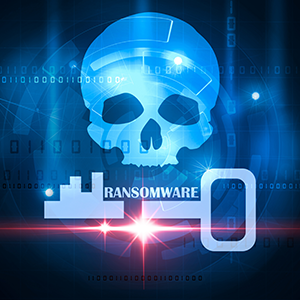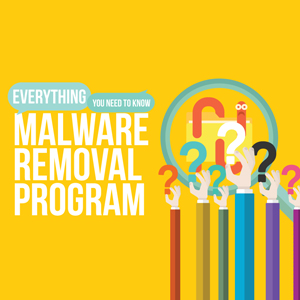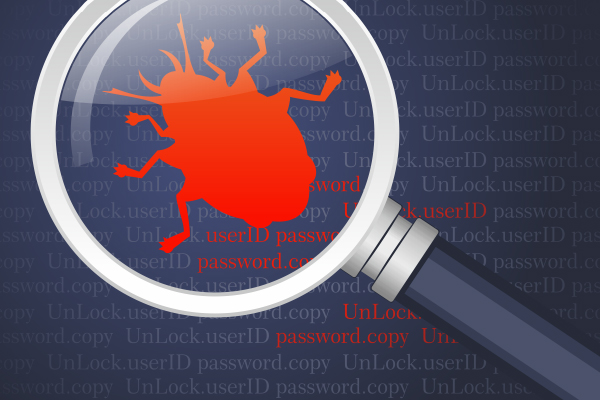WHAT IS ZERO TRUST SECURITY?
Updated on October 22, 2022, by Xcitium
What Is Zero Trust Security? — Introduction 
What is zero trust security? It’s an information security concept that enforces strict authentication for every user. This also applies to devices requesting network access. The best solution to any problem is prevention. A zero trust security framework prevents data breaches from happening. What is zero trust security? Think of this as a strong network security model. The old security model wasn’t prepared for internal threats. A zero trust architecture provides protection against both external and internal network threats. What is zero trust security? The main principle behind it is: “Never trust and always verify.” Any user or device asking for network access needs to pass authentication first. Once the verification is successful, the user or device gains network access. In this article, you will know what a zero trust security framework is and why it is important. You will also learn what features a zero trust solution should have.
WHAT IS ZERO TRUST SECURITY? — THE PRINCIPLES BEHIND IT
What is zero trust security and why is it so important? It is a must to have strong network security to protect user, client, and company data. Imagine the consequences if an attacker gets access to your network’s resources. They can steal and sell your company’s confidential information to your competitors. They can sell your user and client data on the dark web to the highest bidder. These malicious activities could happen to your network if you have weak security.
Here are the principles behind a zero trust security framework:
Principle #1: Assume the Network Is Hostile Threats can come anytime from outside and within the network. No user or device will gain network access by default. They should pass the verification or authentication process first.
Principle #2: Least-Privilege Access A user or device does not gain unlimited network access. They only get the necessary privileges to do their tasks on the network. Imagine the consequences if a user or device gets administrator privileges. They could wreak havoc over the network. The actual motive of an attacker is to gain root access or administrator level access. Having that kind of high-level access, they can start initiating their malicious plans. Stealing data and creating botnets are a couple of their harmful intentions.
Principle #3: Microsegmentation You can think of microsegmentation as a “divide-and-conquer” approach. There is also a similar computing algorithm. The logic is to break down a problem into two or more sub-problems. Keep repeating this process until they become simple enough to have a solution. Microsegmentation refers to the process of segmenting a network into smaller zones. Each zone has its own security measures or perimeters. An attacker would have to gain various types of access to compromise the network. This task is next to impossible because of the threat detection time. Having a zero trust network is like putting security guards in every corner on patrol 24/7.
Principle #4: Multi-factor Authentication (MFA) The basic and most common form of authentication is the login process. This is where you enter a username and a password. Your login credentials undergo a verification process. Once successful, then you gain network access. MFA is a combination of two or more authentication methods. Here are a few examples:
- Login authentication + Biometric authentication.
- Login authentication + One-time passwords (OTP).
- Login authentication + Verification code sent as SMS or as an email.
- Biometric authentication + Geolocation authentication.
- Gesture authentication + Biometric authentication.
- Login authentication + Biometric authentication + Geolocation authentication.
Principle #5: Strict Controls on Device Access If users have access restrictions, then devices have restrictions as well. A zero trust architecture watches the number of devices trying to access the network. Only authorized devices gain network access. This shrinks the attack surface of a network. This is possible through device certificates and a whitelisting approach.
WHAT IS ZERO TRUST SECURITY? — FEATURES TO LOOK FOR
There are many software vendors offering various zero trust solutions. How do you determine which one best fits your needs? Here are a few tips for choosing the right software or provider:
Tip #1: Endpoint Security Your zero trust solution should provide support for endpoint devices. This includes smartphones, laptops, and tablets, among others. Good endpoint protection uses auto-containment technology. This places an unknown app inside a container, where the unknown app can’t affect things outside. Users will stay productive because there are no disruptions in the workflow.
Tip #2: Deployment Options A good zero trust security solution vendor offers various deployment types. They should be able to offer on-premises, cloud-based, and hybrid deployment options. Each deployment type has its own advantages. The trend today is using cloud-based services because it is a cost-effective solution. The hardware and software components are on the cloud. Your cloud service provider shoulders the costs and handles all the technical stuff. You have peace of mind when using cloud-based services.
Tip #3: 24/7 Support Your zero trust security solution provider should provide 24/7/365 technical support,offer expert analysis of threats, and always observe malicious activities, intrusions, and policy violations. They need to be proactive in searching networks for unknown threats and should be good at handling security configurations.
Tip #4: Network Security A zero trust solution provider ensures a safe and productive web browsing experience. Protection against web-based threats is important. A Secure DNS Filtering system ensures safe and productive web browsing.
Conclusion You learned what is zero trust security and its importance. You also learned the features to look for in a zero trust solution. For more information on the topic, “what is zero trust security,” please click here.





